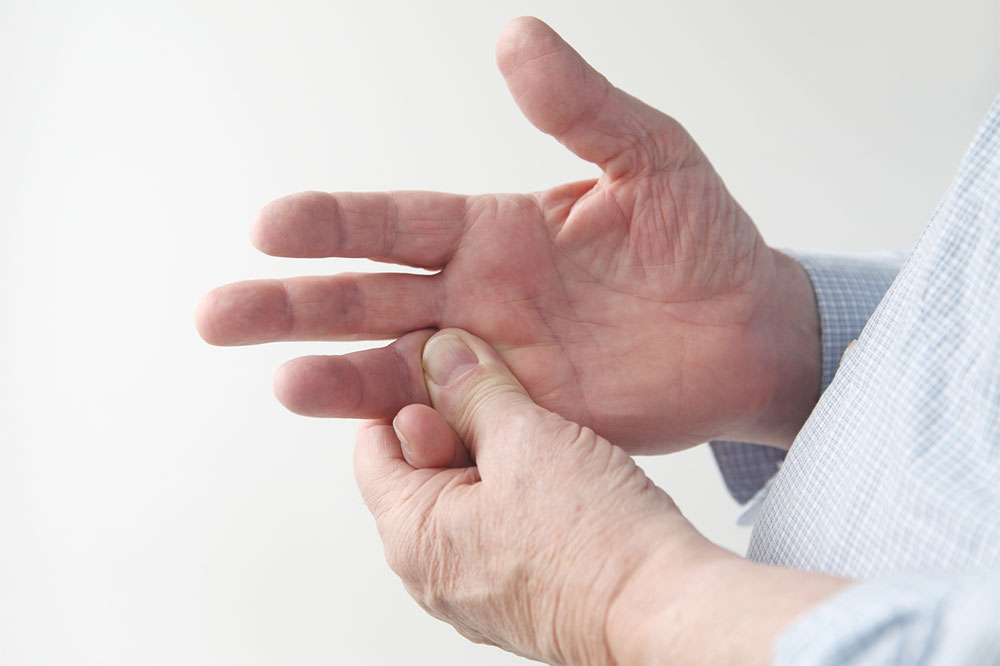Top 6 mistakes to avoid when trying to get out of debt quickly

The road to financial freedom and stability is often laden with obstacles, and making mistakes can hinder this progress. A debt-free life begins with staying accountable to one’s financial goals. Failing to track progress and reassess budgets regularly can lead to complacency. It is essential to be aware of common mistakes, such as the ones mentioned below, and steer clear of them to achieve one’s goal of getting out of debt quickly.
1. Refusing to alter spending habits
A common mistake individuals make when trying to repay debt is not altering their spending habits. This is one of the root causes of debt accumulation, which may lead to a cycle of financial strain and hinder progress towards becoming debt-free. To avoid this, one can reassess their budget and cut unnecessary expenses. One can find cheaper alternatives and alter routines in a way that helps save money. For example, one can make food at home and set a budget limit for takeaways or dine-outs, buy ingredients that are easy to store in the refrigerator in bulk, and carpool with friends or family for grocery shopping. Alternatively, one can make a shopping list, stick to it while grocery shopping, and unsubscribe from streaming services that one does not use.
2. Refusing to seek help
Those in debt can have one or two trusted people, such as financial advisors or knowledgeable friends, review their situation and offer guidance. Moreover, one can also get free counseling from non-profit credit counseling agencies. They have trained and certified staff who can help one navigate debt management programs, credit consolidation, debt settlement, and other ways of managing debt. They can also help manage one’s budget and finances strategically to overcome financial challenges.
3. Going for an illegitimate debt relief program
Debt relief programs are initiatives or services designed to help individuals or businesses manage and reduce outstanding debts. An illegitimate company with an unreliable debt relief program often promises unrealistic debt reductions through negotiations and fails to deliver. To safeguard against these scams, individuals must thoroughly research and verify the legitimacy of any debt relief service, consulting reputable sources and financial advisors.
4. Overlooking debt consolidation
Debt consolidation refers to combining multiple debts into a more manageable payment, often with a lower interest rate. Consolidating debts can simplify the repayment process and potentially save a significant amount of money. However, not researching and comparing consolidation options is a common mistake. Thoroughly assessing consolidation terms, interest rates, and fees to ensure they align with one’s financial goals is vital.
5. Failing to set aside emergency funds
Emergency savings are a must for every individual. Without this financial safety net, unexpected expenses can derail debt repayment progress and even lead to additional debt accumulation. It’s essential to allocate a portion of income to establish an emergency fund. This cushions unforeseen circumstances and ensures a more sustainable and secure journey toward debt freedom.
6. Borrowing more money
Borrowing money while making efforts to eliminate debt is a counterproductive mistake. Taking on additional loans or credit can prolong the path to debt freedom. Focusing on disciplined budgeting and sustainable repayment strategies rather than resorting to further borrowing is essential.







